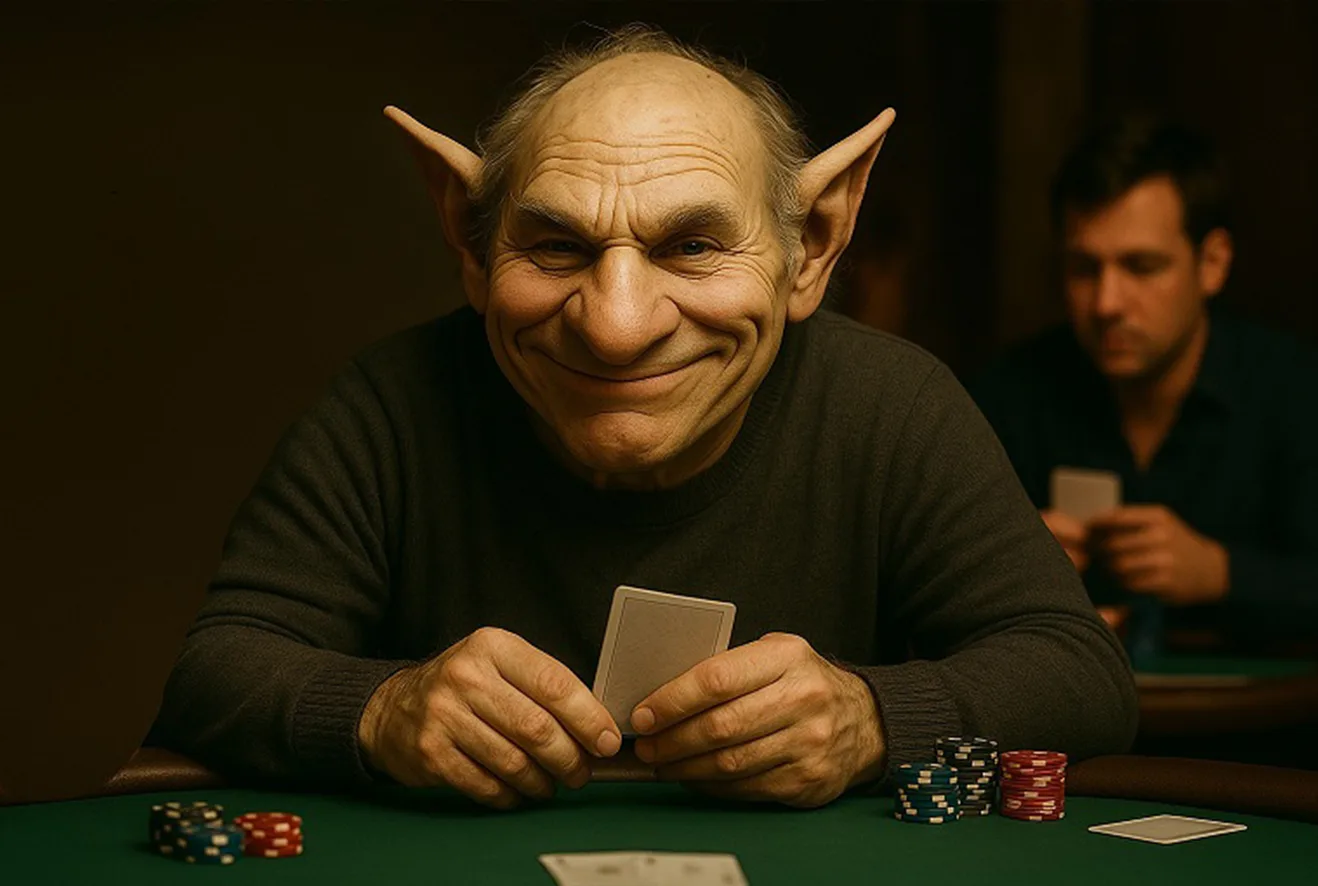If you’ve been following any live poker over the past couple of years, you’ve likely heard of high-stakes tournament player Martin Kabrhel. Maybe not by name, but definitely by antics.
Kabrhel has been accused of cheating, kicked out of tournaments, banned from others, all while turning being a nuisance into an art form. You can say a lot of things about Kabrhel, and one of them is that if you’re at his table, you better not forget your headphones. Martin uses what fans call “speech play” and tablemates call unbearable. A constant stream of auditory jabs meant to destabilize his opponents and put them on overstimulation tilt. And as Kabrhel’s more than $14 Million in live poker earnings attests to, it works.
But sometimes, like it did with 23 players left in this year’s WSOP $250K Super High Roller, it backfires in brutal fashion. However, there are lessons in defeat, especially for anyone aspiring to reach Kabrhel’s level of poker trolling.
Just ask Jonathan Jaffe, the high stakes pro, who with $250,000 and his tournament life on the line, snap-called Kabrhel’s triple barrel with K8 on a K624J rainbow board.
Kabrhel’s hand? Q7s.
Good for no pair, no draw.
With that hand, Kabrhel showcased the risk of being a poker troll: the louder you get, the less credibility your bluffs have. Because no matter what the solver says, (both players played the hand right when not considering ICM), poker is still a game between humans with human emotions. And if there’s one thing no poker player wants, it’s to get bluffed in a high-visibility spot and be subjected to the ensuing trolling.
And so the first rule of Poker Trolling Club is that you have to find spots to pull back some bluffs. It’s not that you shouldn’t ever bluff, but that you need to be much more selective with your timing. If you’ve been particularly obnoxious in recent moments, or if you’ve already had multiple clashes with the same player, that likely is not the time to chase slivers of theoretical edge in trying to pull off an epic multi-street bluff.
And the second rule of poker troll club, make sure your opponent has a reason to fold. As admirable as Kabrhel’s gumption was in taking a zero-equity hand to the grave, the truth is that a dry rainbow board isn’t one that would put fear into a calling opponent.
When you bluff as a troll, you need a board that offsets the likely spite calls with fear equity. A river overcard. A backdoor flush draw. Four to a straight. Anything that makes folding feel a little more justified. Without that, your bluff is likely to fall victim to an opponent already looking for every possible reason to call you down…and shut you up.
Which brings us to the final and possibly most important rule of troll club: value bet like a maniac.
This is where trolling pays off. After building the image and getting under everybody’s skin, hopefully having already shown down some bluffs, now that you finally have it, it’s time to get as greedy as possible. There’s no need to slowplay. There’s no reason to bet small. It’s time to use the same dynamic that makes your bluffs problematic, to make your value bets more profitable.
The fact that Kabrhel did it with a no-equity bluff for balance, means that the $14 Million winner clearly understands this dynamic. If you want to act in a way that will sometimes reduce your bluffing equity, you had better make up for it when you’ve got the goods. Or as I once heard some reality show contestant I can no longer remember say: if you’re going to play the villain, make sure you also get paid like one.


